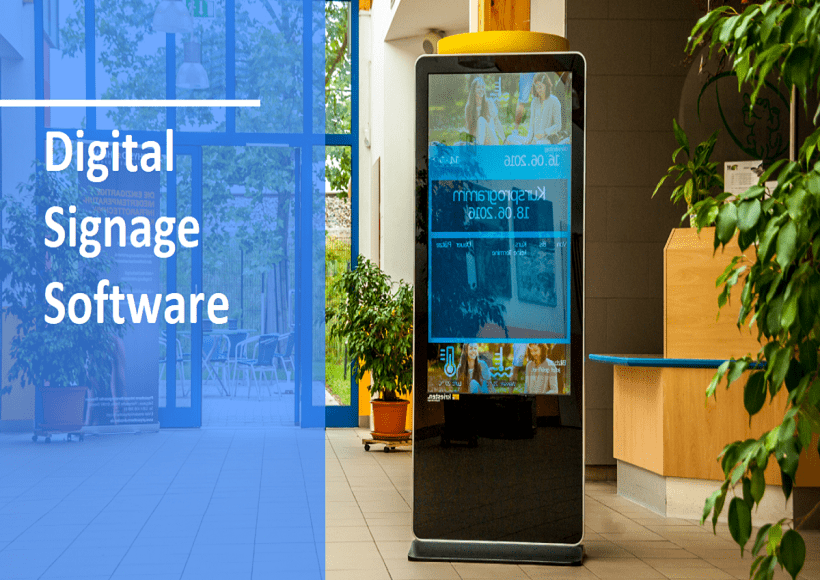Food delivery through mobile apps has become an essential extension of restaurant businesses. We have come far from just confining food consumption to restaurants and takeaways. It is quite likely that you have ordered your food online at least once every month.
It is interesting to note that 44% of the consumers in the United States order online food to be delivered to their homes at least once a month. Forbes has estimated that the industry will be worth $200 billion by 2025, which is a 33% increase from the projected $151 billion value in 2021.
It would not be an exaggeration to say that the COVID-19 pandemic shifted the scales towards food delivery, rendering restaurant dining a secondary source of revenue for many restaurants. It has even opened up opportunities for cloud kitchens to spring up, meaning a kitchen can operate purely on delivery without necessitating the entrepreneur investing in seating and ambiance.
The growing Internet penetration, the increasing familiarity with smartphones and mobile labs come out and the inclusion of both older and newer generations in the on-demand bandwagon are expected to contribute to steady growth over the next decade. This makes the online food delivery marketplace a great startup idea.
The different business models
There are multiple business models that an entrepreneur can consider for their on-demand food delivery app.
There are certain apps that facilitate just the order placement and not the delivery. They aggregate information about restaurants in the vicinity, including details like the menu, the delivery time, and if possible, even the images of food items. The task of delivering the food packet, however, falls on the restaurant. This helps restaurants enhance their visibility and profitability. Generally, the app business charges a commission of about 10 to 15% for the orders that they facilitate.
The second and the more common food delivery method is the one that offers both ordering and delivery. In this case, the customer experiences the same menu options as in the previous type of business. However, instead of counting on the restaurant to finish the delivery, the app itself takes care of the delivery. This comes in as a big advantage for restaurants because they do not have to concentrate on auxiliary aspects of the business like maintaining a delivery fleet. This type of business model also opens up employment opportunities for a lot of gig workers who look for an additional source of income.
It is not a thing of wonder that food delivery apps like Zomato, UberEats, and Deliveroo use this business model. It is quite likely that you, as an inspiring entrepreneur, but also want to build the same.
The way it works
To understand the essential features and the process, it is important to deep dive into how the mechanism of food delivery works. There are three distinct apps for every entity involved in the ecosystem: the user, the restaurant, and the delivery executor. The administrator who is responsible for overseeing all the activities is provided either with an app or a web-based dashboard that gives them complete control over the processes.
A user can open the app and based on their location (that has either been set manually or captured at that moment by the GPS), a list of restaurants that can deliver to that particular location is displayed. The user can choose a restaurant, select items from their menu, and add them to the cart after finishing the possible customizations.
Once they have confirmed everything, they can proceed to make their payment using digital payment methods. After the payment is confirmed, notifications are sent to the restaurant and delivery executives in the vicinity. The restaurant accepts the order and starts preparing the food. The delivery executive, at the same time, starts moving towards the restaurant. When the food is ready and packed, the food is handed to the delivery executive after verifying their identity and order through a code/unique number.
The location of the user is shown to the delivery executive and they are assisted by the GPS in precisely navigating to that location. Parallel to this, the user is also kept updated on the movement of their order through notifications and by showing the location of the delivery executive over a map interface. Once the user receives their order, they can confirm it and also get an opportunity to review and read their experience with the delivery and the restaurant.
The features
Each app is expected to have a few basic features in place that will ensure that the entire process can happen without any hassle. In all of this, I just remembered that the GPS from the epicenter of the on-demand ecosystem, and it is the precision in location offered by the GPS/mapping/navigation combination that makes it easy for businesses and service people to locate users who have a certain need and for users to get real-time updates on the movement of the service executive order the parcel. The parcel.
The customer app
- The customer should be able to sign up for the food delivery services without any hassle by using either the email address or phone number or legacy credentials like Google or Facebook. The signing up should immediately create a profile for them that will hold pieces of information like the usual delivery locations, the default payment instruments, their favorites, and the history of all orders and payments.
- Using the location, the customer should be provided with a list of restaurants that deliver to the location. The list of restaurants is contingent upon factors like the radius chosen by the restaurants and the traffic/difficulty in reaching the location of the user.
- The customer should find it easy and straightforward to complete the ordering process like adding items from the menu to the cart and proceeding to check out. Customizations should be sandwiched perfectly between the process of adding food to the cart and proceeding to check out.
- The customer should be able to make payments from multiple payment instruments, including but not limited to credit cards, debit cards, Internet banking, and wallet. For this purpose, the app should tie-up with a versatile payment services provider. If possible, the app should also have its own native wallet system making it easy for the app business to process refunds and to provide discounts.
- Once the customers receive the food, they should be able to provide reviews and ratings for the food and the delivery experience. It should be noted that both these should be treated distinctly as the restaurant is responsible for the food, but the delivery executive is responsible for the delivery experience.
The restaurant app
The restaurant looks at food delivery as an extension of its food services. It should, therefore, make it easy for the restaurant to manage their orders, the menu, and everything else that will make the entire process smooth.
- Just like the user, the restaurant should also be able to easily sign up for offering their food over the food delivery service. The sign-up process should include details like the bank account, the service radius, and the service hours.
- The restaurant should be able to manage the menu, the prices, and the others. They should be able to toggle the availability of dishes and also fix timings for the availability of dishes.
- The profit that they earn from the food delivery on-demand app should be credited to their bank account in the shortest possible time. It is to be remembered that they count on these earnings as a part of their profit and loss statements.
- The menu management should facilitate easy inclusion and removal of items. There should also be a place where they can include photos of their signature dishes.
- Apart from the discount offered by the food delivery platform, the restaurant can also consider offering an exclusive discount for occasions like their anniversary or an important day in the location they are a part of.
Read Related Article : Ultimate Guide for Entrepreneurs to Launch an On-demand Delivery App in 2021
The delivery executive app
The delivery executive completes the food delivery ecosystem. They can be considered the most significant and the strongest link in the food delivery process. In most cases, these delivery executives are gig workers like college students and people working for an additional source of income.
- Just like the user and the restaurant, the food delivery executive should also be able to easily sign up. The sign-up process should also include steps to authenticate and verify their identity.
- They should be able to toggle their availability and also have the right to accept or reject orders based on their convenience.
- The payments for their deliveries should be credited to their bank accounts in the shortest possible time. There should be complete transparency in their earnings and earning opportunities. They should be informed if two additional trips could make them eligible for a bonus.
- There should be a referral program that will help the business get new delivery executives without spending a lot of time or money.
Conclusion
The market and the statistics only prove that food delivery is a lucrative avenue and the COVID-19 pandemic has only enhanced its appeal. If you would like to start your own food delivery aggregator business, you only need to work on the marketing operations because technology is made easily available through the UberEats clone script.









